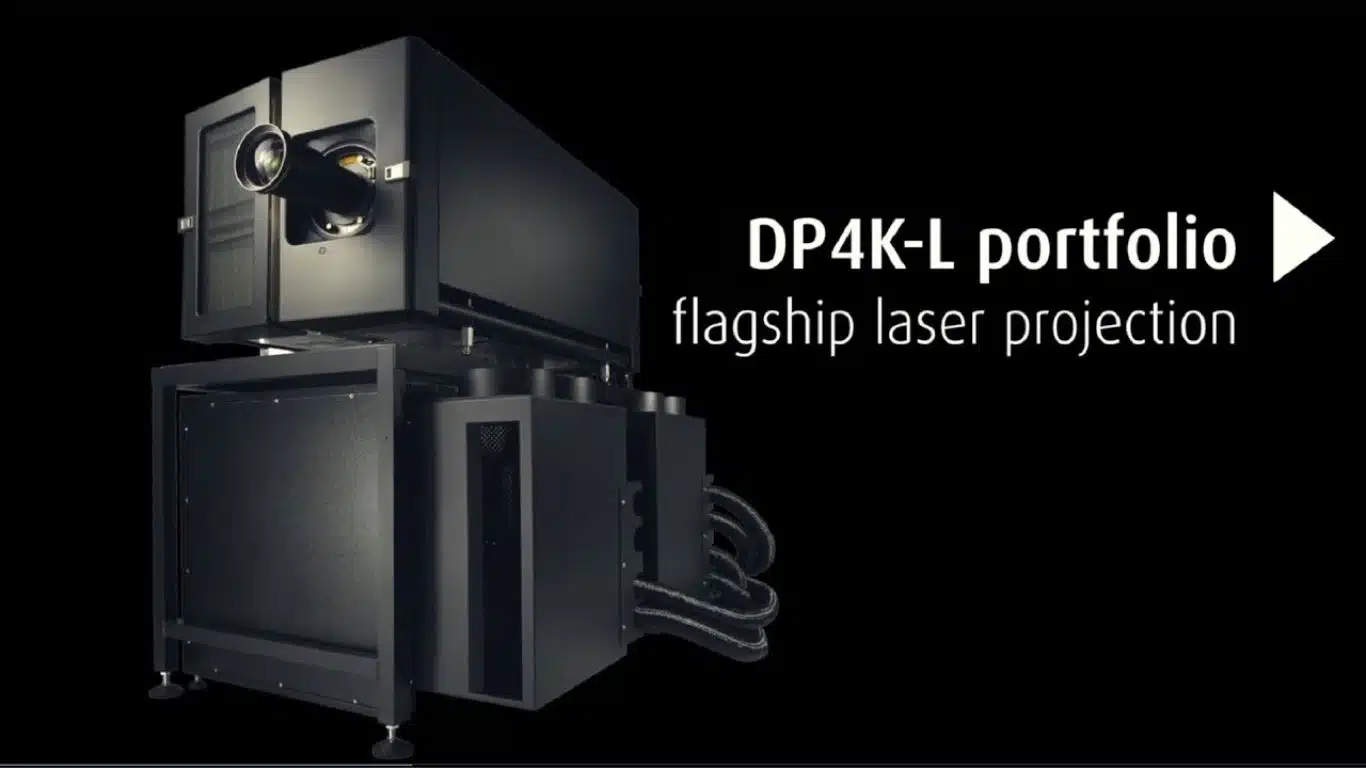Over the years, various technologies have been developed to enhance the movie viewing experience. From high definition and ultra-high definition resolution, to 3D technology and virtual reality, these advancements have helped to create a more immersive and enjoyable experience for moviegoers. In this list, we’ll explore 10 technologies which advanced movie experience on the way we watch movies.
10 Technologies Which Advanced Movie Experience
HD and UHD or 4K resolution

These technologies improve the visual quality of movies by providing higher levels of detail and clarity. HD, or 1080p resolution, has a display resolution of approximately 1,080 pixels tall and 1,920 pixels wide, while UHD, or 4K resolution, has a display resolution of approximately 4,000 pixels wide. UHD resolution offers even better image quality than HD, with four times as many pixels as 1080p. These technologies can be found in TVs, streaming devices, and theaters for digital projection.
3D technology

With an add of extra dimension to the movie viewing experience by creating the illusion of depth. It works by using specialized glasses that have lenses that alternate between blocking the left and right eye’s view of the screen, creating the illusion of depth when the images from each eye are combined in the brain. 3D technology can be used in a variety of media, including movies, video games, and even some televisions. It has become increasingly popular in recent years, and many theaters now offer 3D screenings of new releases. While 3D technology can enhance the immersion of a movie, it is not for everyone, as some viewers may experience discomfort or even dizziness when wearing the 3D glasses.
Virtual Reality (VR)

Virtual reality (VR) technology allows users to fully immerse themselves in a virtual environment, creating the feeling of being present in a different location or situation. In the context of movie viewing, VR can be used to enhance the sense of immersion and allow viewers to feel as if they are inside the movie. This is achieved through the use of specialized VR headsets that track the movement of the user’s head and provide a 360-degree field of view. VR movies are often interactive, allowing the viewer to explore the virtual environment and interact with the story in a more direct way. While VR technology has the potential to revolutionize the way we watch movies, it is still in the early stages of development and may not be widely available or accessible to all viewers.
Dolby Atmos systems

Dolby Atmos is a surround sound technology that allows for a more immersive audio experience by adding additional audio channels and allowing for more precise sound placement within a theater. It works by using a network of speakers to create a three-dimensional sound field, allowing for the precise placement of individual sounds within the theater. This allows for a more realistic and lifelike sound experience, as sounds can be placed and moved around the viewer with greater precision. Other surround sound technologies, such as DTS:X and Auro-3D, work in a similar way by adding additional audio channels and allowing for more precise sound placement. These technologies are often used in theaters to enhance the audio experience of movies, and can also be used in home theaters and other settings.
Smart TVs and streaming devices

Smart TVs and streaming devices are devices that allow users to access easily and stream movies and other content from a variety of online sources. Smart TVs are televisions that have built-in internet connectivity and can access online content directly through the TV itself. Streaming devices, such as Roku, Amazon Fire TV, and Apple TV, are separate devices that can be connected to a TV to access online content. These devices allow users to stream movies and TV shows from online streaming services, such as Netflix, Hulu, and Amazon Prime Video, as well as from a variety of other sources. The convenience and flexibility of smart TVs and streaming devices has made them popular choices for movie viewing, as they allow users to access a wide variety of content without the need for physical media such as DVDs easily or Blu-ray discs.
Digital projection

Digital projection is a technology that uses digital media, rather than physical film reels, to project movies onto a screen. Digital projection allows for higher quality images and more consistent picture quality, as it eliminates many of the issues that can occur with physical film, such as scratches, dirt, and fading. Digital projection also allows for greater flexibility in terms of content distribution and display, as it is easier to transmit and store digital content than physical film reels. Many theaters now use digital projection for all of their screenings, as it allows for a higher quality movie viewing experience.
Laser projection

Laser projection is a newer technology that uses lasers to create the images that are projected onto the screen. Laser projection offers several benefits over traditional digital projection systems, which use lamps to create the images. One key advantage is that laser projection allows for even higher quality images, with improved brightness, color accuracy, and contrast. Laser projection also has improved energy efficiency, as lasers use less power and generate less heat than traditional lamps. This can result in cost savings for theaters and a more sustainable operation. While laser projection technology is still relatively new and may not be widely available in all theaters, it is expected to become more widely adopted in the coming years due to its improved image quality and energy efficiency.
High Dynamic Range (HDR)

High Dynamic Range (HDR) is a technology that expands the range of both contrast and color in an image, resulting in more lifelike and vibrant images. Traditional displays are limited in the range of contrast and color that they can display, resulting in a less dynamic and realistic image. HDR technology overcomes these limitations by increasing the range of both contrast and color, allowing for more detail and a more realistic representation of the scene being depicted. HDR technology is now widely used in TVs, monitors, and smartphones, and is also being used in some theaters for digital projection. It can be particularly effective for movies that have a wide range of lighting conditions or that use vibrant colors, as it allows for a more accurate and lifelike representation of these elements.
Motion seats and special effects

Some theaters offer motion-based seating and special effects as a way to enhance the movie viewing experience. Motion-based seating involves chairs or seats that move in sync with the action on the screen, providing a more immersive and interactive experience. Special effects, such as wind, water, or scent, can also be used to enhance the realism of the movie and further immerse the viewer in the story. These technologies are often used in specialized theaters that offer a more interactive and immersive movie-going experience, and may not be available in all theaters. While they can add an extra element of excitement to the movie viewing experience, they may not be suitable for all viewers, as some people may be sensitive to motion or certain special effects.
Advanced ticketing and reserved seating

These options have made the movie-going experience more convenient and enjoyable for many people. Online ticketing allows users to purchase tickets in advance from a variety of sources, such as the theater’s website, a third-party ticketing site, or a mobile app. This eliminates the need to wait in line at the theater to purchase tickets, and allows users to select their seats and choose the movie and showtime that best suits their schedule. Reserved seating options allow users to select and reserve a specific seat in the theater, rather than having to arrive early to secure a good seat. This can be particularly useful for popular movies or showtimes that are likely to sell out. Overall, advanced ticketing and reserved seating options provide greater convenience and a better movie-going experience by eliminating some of the hassles and uncertainties associated with traditional movie-going.
Also Read: Technology is Hindering or Helping Creativity





